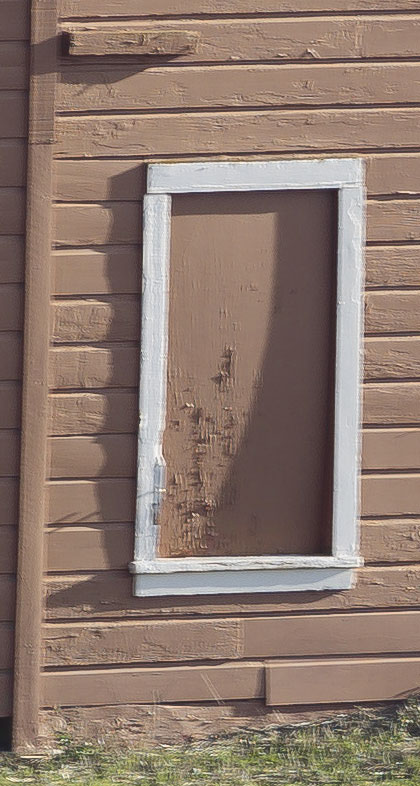EXCERPT page containing first few paragraphs. 2024-04-26 01:56:41
UA_SEARCH_BOT_compatible_botmozilla/5.0 applewebkit/537.36 (khtml, like gecko; compatible; claudebot/1.0; +claudebot@anthropic.com) @ 3.144.238.20
For full access, subscribe here. Or click title to login. ![]()
Shutter Vibration / Shutter Shake vs Electronic First Curtain / EFC Shutter
See also examples of shutter vibration / shutter shake.
Also, search for EFC shutter.
On a DSLR, mirror slap can blur the image, leading to the advice to use mirror lockup. Ideally, mirror lockup would be enough, but the shutter itself can cause substantial vibration, particularly with large shutters in medium format cameras and/or powerful shutters—those with very high speeds like 1/8000 second; that mass has to accelerate powerfully and decelerate just as quickly. Physical laws dictate that the force has to propagate somewhere into the system. Thus, even mirror lockup is not a solution for a DSLR (though some DSLRs offer an EFC shutter, see below).
Article continues for subscribers...
Diglloyd Making Sharp Images is by yearly subscription. Subscribe now for about 13 cents a day ($50/year).
BEST DEAL: get full access to ALL 8 PUBLICATIONS for only about 75 cents a day!
Diglloyd Making Sharp Images articulates years of best practices and how-to, painstakingly learned over a decade of camera and lens evaluation.
Save yourself those years of trial and error by jump-starting your photographic technical execution when making the image. The best lens or camera is handicapped if the photographer fails to master perfect shot discipline. High-resolution digital cameras are unforgiving of errors, at least if one wants the best possible results.
- Eases into photographic challenges with an introductory section.
- Covers aspects of digital sensor technology that relate to getting the best image quality.
- Technique section discusses every aspect of making a sharp image handheld or on a tripod.
- Depth of field and how to bypass depth of field limitations via focus stacking.
- Optical aberrations: what they are, what they look like, and what to do about them.
- MTF, field curvature, focus shift: insight into the limitations of lab tests and why imaging performance is far more complex than it appears.
- Optical aberrations: what they are, what they look like, and what to do about them.
- How to test a lens for a “bad sample”.
Intrigued? See Focusing Zeiss DSLR Lenses For Peak Performance, PART ONE: The Challenges, or (one topic of many) field curvature.


